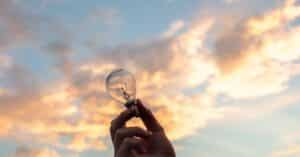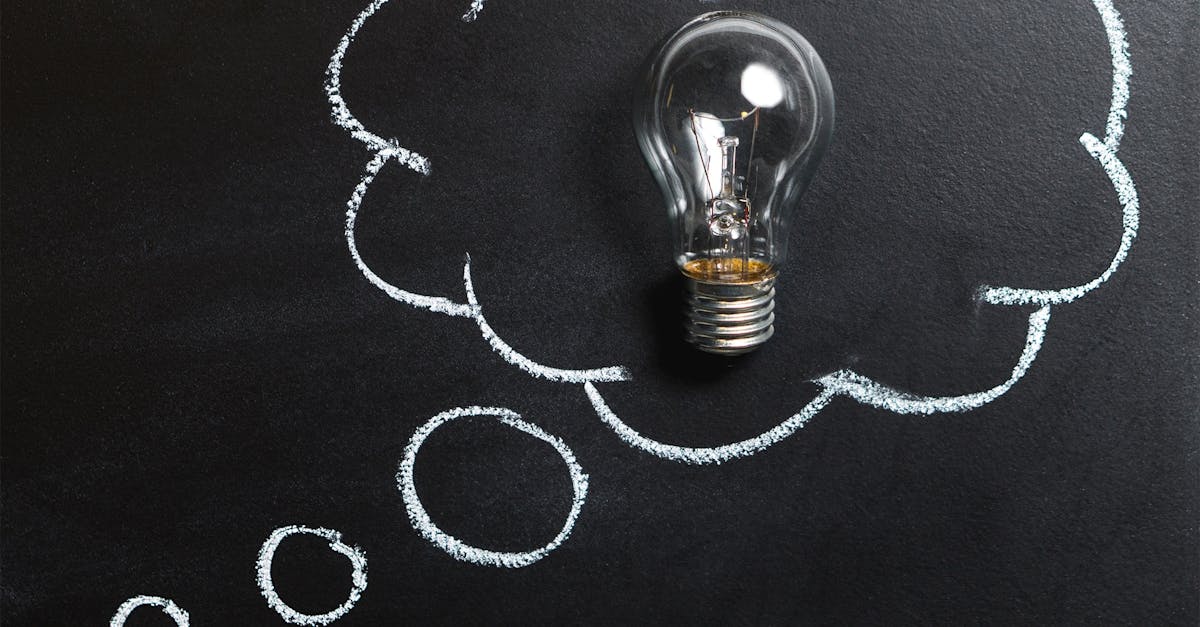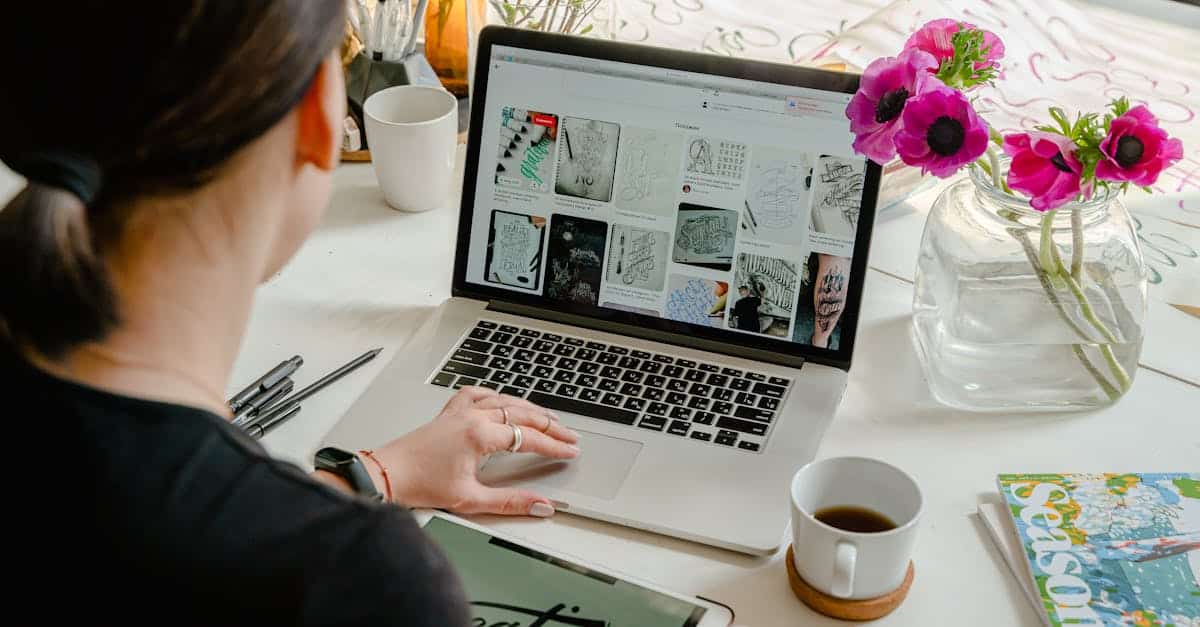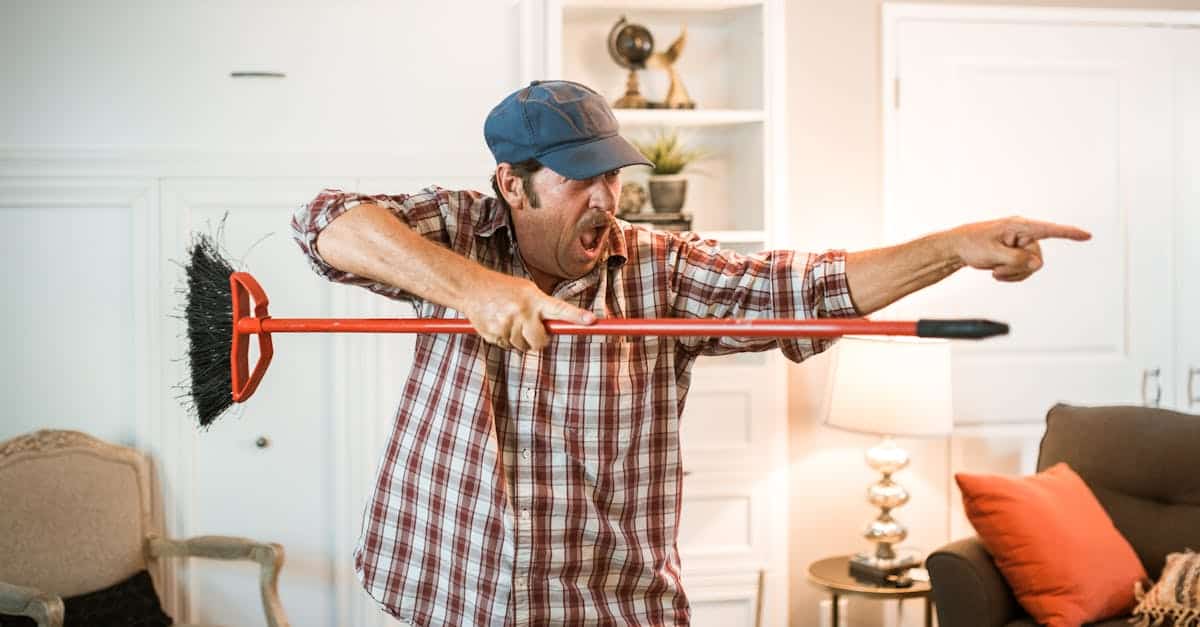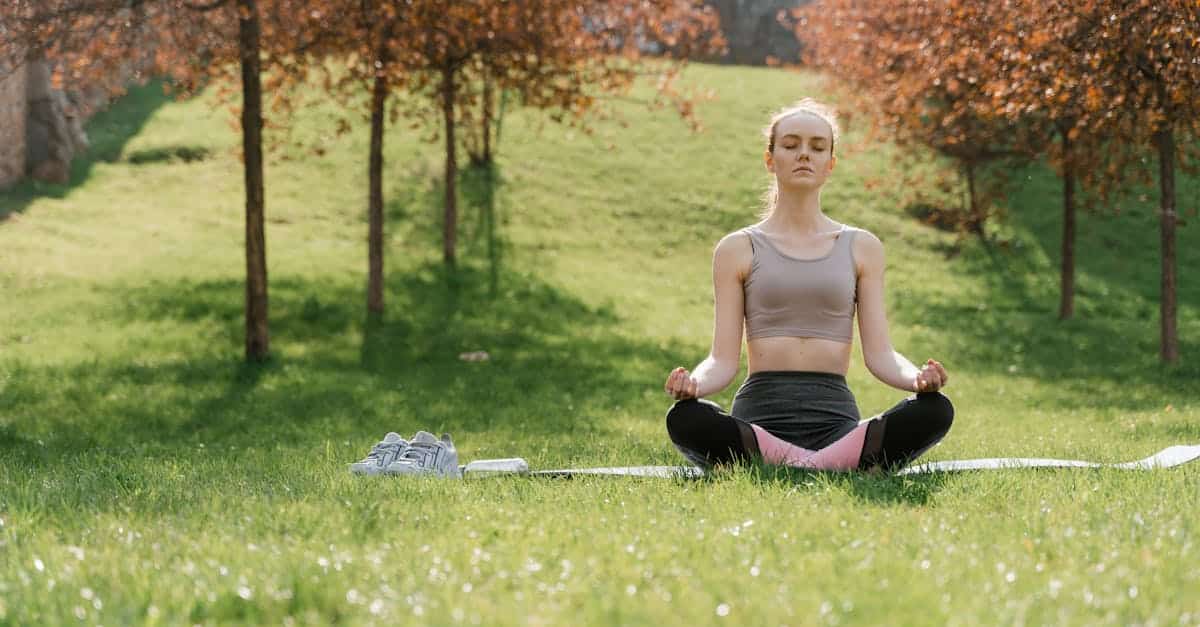Imagine yourself facing a blank page, your mind overflowing with ideas but desperately searching for the small spark that will unleash creativity. It is in this momentum that creative monitoring finds its full meaning. It is not limited to observing trends, but invites you to draw inspiration from the many concepts already in circulation to give birth to unique innovations. In a universe where innovation is the key to competitiveness, turning to the already-seen becomes an act of genius.
Indeed, drawing inspiration does not mean copying, but rather tapping into the experiences of others to elevate one’s own ideas. This approach allows for the discovery of different levels of innovation, while assessing whether a project truly has its place in the market or if it is merely a repetition. Active listening to one’s environment and attentive observation of what works are effective methods to enrich one’s creative process. Through constant monitoring, each individual can become an actor in this cycle of inspiration and innovation, a true engine of creativity.
🔥 Nous recommandons Ideamap
Ideamap est l’outil idéal pour un brainstorming ou un projet collaboratif. Grâce son interface facile et à ses fonctions IA, Ideamap booste votre créativité tout en favorisant une meilleure organisation de vos idées pour atteindre vos objectifs.

In a constantly changing world, creative monitoring proves to be a valuable tool for anyone looking to stimulate their innovation potential. It is not limited to simple observation but rather consists of drawing from others’ experiences to better project oneself into the future. In this article, we will explore this concept in depth and provide practical strategies for integrating creative monitoring into your daily life.
The Foundations of Creative Monitoring
At its core, creative monitoring is based on the idea that innovation is often the result of renewed inspiration. Instead of trying to create ex nihilo, drawing on the ideas and achievements of others can open new pathways. This approach is not mere imitation, but rather an act of apprehension and personal translation of pre-existing elements. Consequently, it is essential to engage in active observation of the environment around us.
To begin, there are several techniques to foster effective creative monitoring. This may include following specialized blogs, reading revealing books, or even attending conferences. Each resource can become a source of inspiration. Exploring various artistic, technological, or cultural fields can also bring valuable richness to the creative process. It is therefore essential to diversify one’s sources of information.
Strategies to Fuel Creativity
The first step to stimulate creativity is to adopt a proactive approach. Creating a conducive environment for innovation is crucial. This may involve arranging your workspace, using visual tools, or even setting aside dedicated moments for reflection and exploration. Taking the time to listen to your surroundings is just as crucial. This involves immersing yourself in cultural events, discussing with creators, or exchanging ideas with other professionals. These interactions can help discover unique perspectives.
For those looking to push the boundaries of their creativity, it is also advisable to step away from traditional sources. Ideation techniques, such as brainstorming or mind mapping, can be effective, but it may be necessary to explore less conventional methods. For example, free drawing, automatic writing, or even meditation sessions can help access deeper layers of creativity. These practices help free the mind from usual pressures and pave the way for new and bold ideas.
Environment and Collaboration: Powerful Assets
Creating human connections is often a neglected key to creativity. Collaborating with others can bring unexpected perspectives. In this regard, it is important to cultivate diverse networks. Engage with people who have skills and experiences different from your own. These exchanges enrich the dialogue and can lead to the emergence of innovative ideas.
Moreover, competitive monitoring should be viewed as a dynamic aspect, not solely focused on analyzing competitors’ actions, but also as a source of inspiration. What are the remnants of innovation observed in these initiatives? What practices could be adapted or improved? Paying particular attention to these nuances can provide valuable insights that lead to relevant and effective innovations.
Finally, don’t forget to take care of your creative mind. This also involves giving yourself time to recharge. Regular breaks, moments of relaxation, or even artistic getaways can revitalize your brain and stimulate new ideas. Remembering that creativity is a process and not a pressure can transform the creation experience into something profoundly fulfilling.
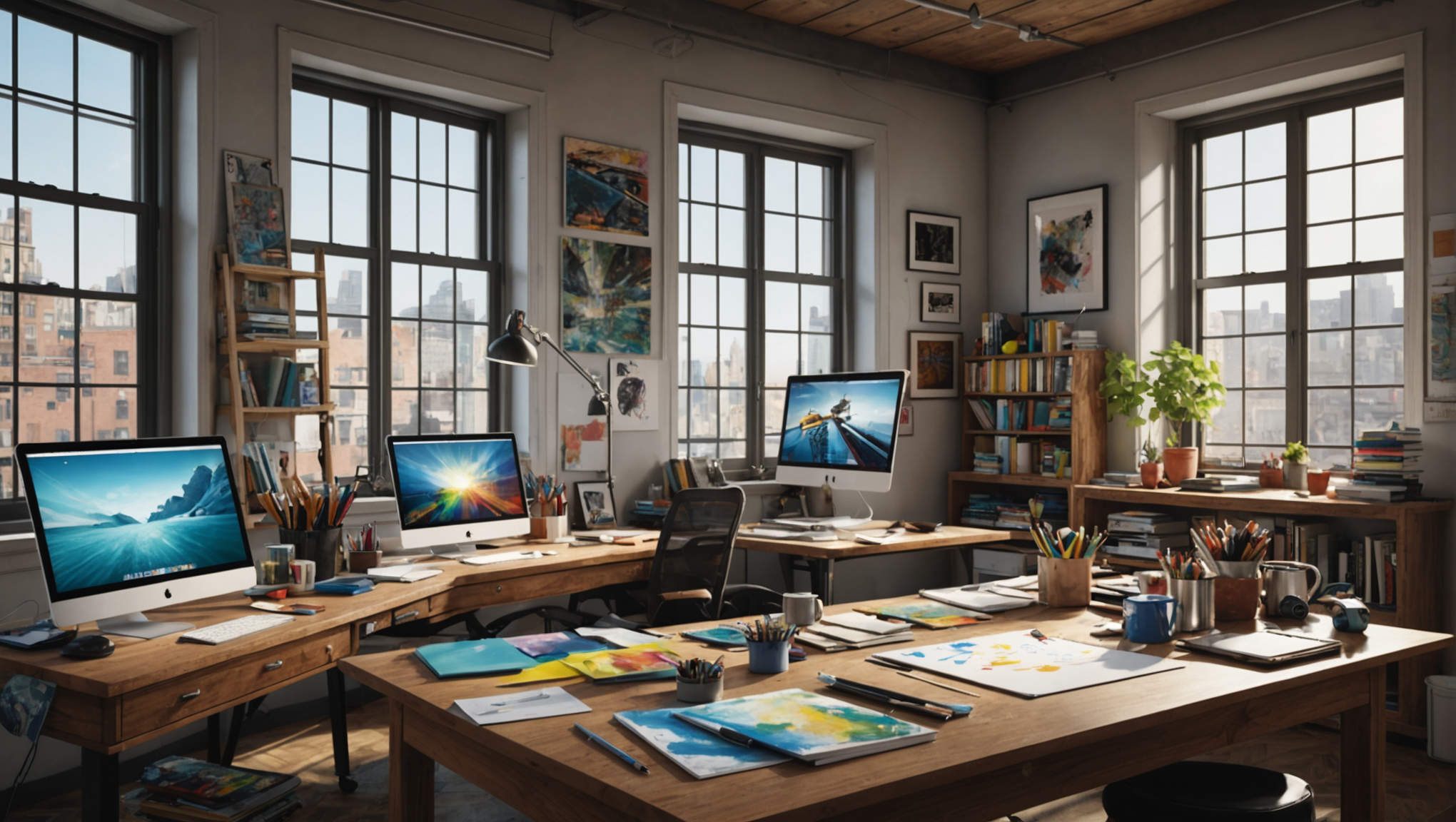
La science, la technologie & l’innovation jouent un rôle clé dans l'avancement des #ObjectifsMondiaux.
— Nations Unies (ONU) (@ONU_fr) September 15, 2024
Mais, des disparités persistent dans l'accès à la technologie.
Lundi, c’est la première Journée internationale pour la science, la technologie & l’innovation dans le sud.
FAQ on Creative Monitoring and Its Importance for Innovation
Why is creative monitoring essential for innovation? Creative monitoring helps you stay informed about existing trends and innovations. It helps avoid reinventing the wheel and draws on the work done by others.
How can I start effective creative monitoring? For effective creative monitoring, it is advisable to diversify your information sources, observe related sectors, and adopt a constant listening and observation attitude.
Is it acceptable to draw inspiration from existing ideas? Absolutely, drawing inspiration from what has already been done is a common practice. It allows building on existing achievements and adding your own creative touch.
What tools are recommended for creative monitoring? There are many tools, such as RSS feeds, Google alerts, or idea-sharing platforms that can facilitate information gathering and inspiration.
How does creative monitoring stimulate creativity? By being exposed to new ideas and trends, one broadens their scope, which can lead to innovative idea associations and better creativity.
How much time should I dedicate to my creative monitoring? There is no fixed duration, but dedicating some time each day or each week to seek inspiration can make a significant difference.
What are the risks of not engaging in creative monitoring? Ignoring creative monitoring can lead to stagnation of ideas, lack of innovation, and difficulties in remaining competitive in the market.






